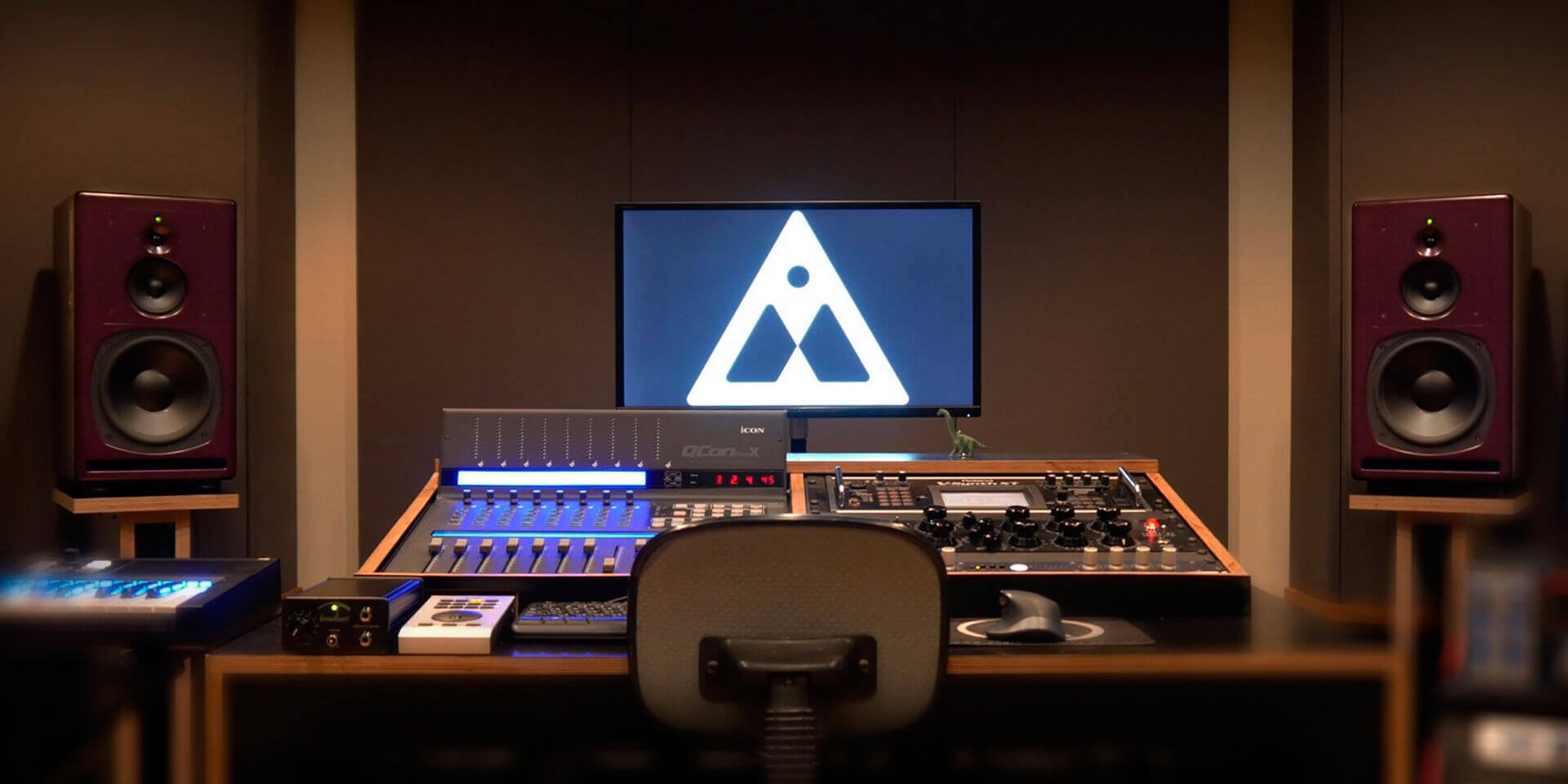I am glad that if you feel some kind of interest in what does saturation do then there is a definite answer to this question! In fact, this effect is a combination of two different effects that are nevertheless related.
Soft knee compression along with the harmonic generation represents very opposed effects. The saturation value appears when the input signal is no longer able to linearly match the output signal. Thus, the saturation effect has become applicable in many areas of music production. He also became a visiting card of some performers who often use it in their work.
Types of audio saturation
Tape saturation
When talking about variable audio saturation forms, it is worth mentioning tape saturation. The main task of this plugin is a simulation of the audio recorded on tape recorders. During its operation, Tape saturation represents harmonics in odd order that are accompanied by non-linear shifts and subtle compression in the frequency response. This plugin also helps to reduce highs in frequencies and slightly enhances the low frequencies. The tape saturation sound is usually known as warm and a little bit harsh. Tape distortion is more than suitable for adding size and depth to your mix.
Tube saturation
The main task of Tube saturation is to simulate the sound that is reproduced through tube amplifiers. This plugin features even-order harmonics and often adds a more subtle and calm compression form. However, when pressed hard, this saturation filter may sound quite harsh and is often interpreted as aggressive. The tube saturation also helps a lot in terms of increasing the perceived loudness.
Transistor saturation
These plugins will help you simulate the sound played by transistor circuits. Transistor saturation features odd harmonics and a squeeze form that is severely constrained. Depending on which technique you use, this distortion varies from quite delicate to incredibly rough or progressive sound. Transistor saturation is oftentimes associated with a vague, slightly washed-out sound that has some interference.

How audio saturation can improve your mix
Changing the saturation of sound is one of the most demanded features in sound and music production. Experimenting with saturation in individual songs can go a long way towards enhancing your mix and making it livelier.
Those saturation types described above will give you the opportunity to experiment and change the sound quality in completely different ways. This effect makes sound more detailed, sharper, and louder. Saturation also adds depth, sometimes characteristic roughness and warmth to the sound. It is also worth considering that it does an excellent job with harmonious transitions between groups of sounds and adds smoothness. This technique will help you create a cohesive mix using completely different effects.







